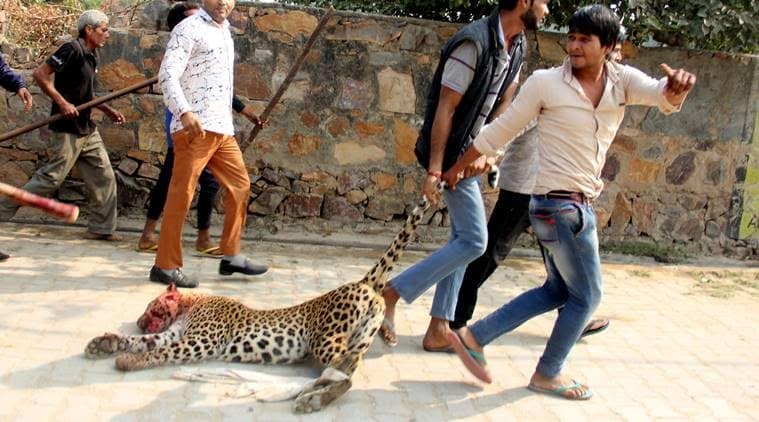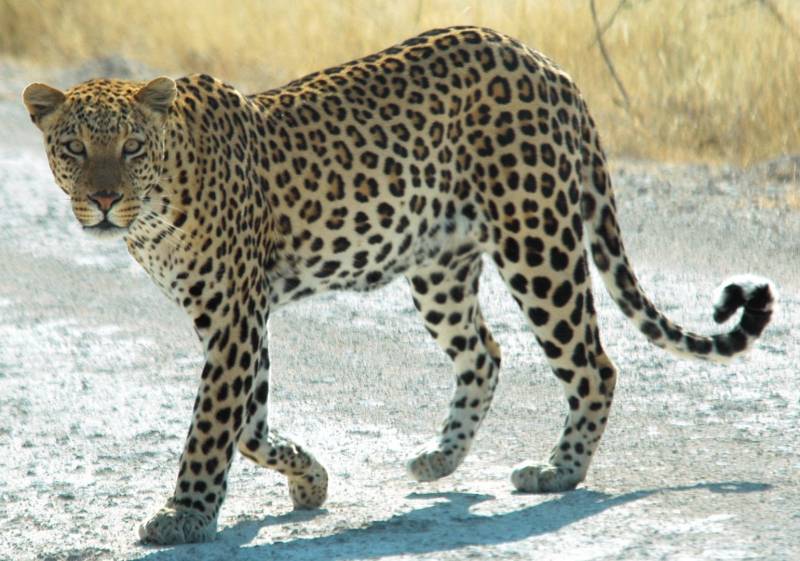Man - Leopard conflict increases : Time to manage wildlife effectively
By Rajeev MathewPublished on : 24 Aug 2019 4:04 PM IST

Leopards are the smallest of big cats, the other three being the tiger, lion and jaguar. It is the only wild cat that is spread over such a wide range that extends from Southern Africa upward into the Central and sub-Saharan Africa, Arabia and the Persian regions and the far-east, while also covering the Oriental and South Asian and South-east Asian regions.
No single species has such a wide distribution excepting the wild boar. This geographic spread shows how prolific and well adapted it is to the different climatic conditions and prey base.

Leopards are inherently intelligent and use their skills to survive in the most meagre of habitats, subsisting on a wide range of prey. Leopards are also thinking animals –they are aware of their surroundings and are swift to take advantage of any opportunity presented to them.
India is a stronghold for the leopard. However, there is a certain loss due to poaching, retribution killings, road kills and habitat loss. Even though the species is under pressure due to poaching, habitat loss etc., the numbers of the cat are also increasing.
One of the fallouts that affect their population in India is the man-animal conflict. Being opportunistic feeders, they will prey on any unsuspecting victim, which has resulted in incidences cattle and human kills. These animals are powerful and can carry up to two-and-a-half-times their body weight up straight trees.
Going by recent trends, the leopard numbers are steadily increasing in India. This has led to numerous man-animal conflicts in many areas and is going to be a major concern in the years to come.
Leopard population which was earlier restricted to forests is now expanding into rural, semi-urban and urban localities.
The increased incidences of leopard conflicts are not seen uniformly across the country; but in pockets. Many areas in Uttarakhand have witnessed increased conflicts with leopards. The city of Mumbai has a leopard problem, hill stations like Coonoor, Wellington, Ooty and Munnar have also seen man-animal conflicts. Areas around Hyderabad are also witnessing frequent incidences of leopard attacks.
What could be the reason for the increase in the leopard population and depredation on livestock? Are we doing things wrong or missing something? What steps should be taken so we can live in harmony with them? Are we willing to manage our wildlife?
Leopards, as already mentioned are opportunistic feeders. From carrion to fresh kills, they will consume anything. Livestock, for leopards, is a great draw and the only way to protect them is to kraal young animals under a 100 kg body weight in leopard proof fenced kraals.
One of the major prey animals for leopards are dogs. Garbage disposed without being properly secured attracts stray dogs, and they, in turn, attract leopards. Most garbage piles are near habitations. This leads to dogs who in turn leads to leopards sneaking into houses and picking up pet dogs.
Wildlife is a resource that has great marketability. This resource needs to be channelized and used for the greater good of people and wildlife.
(About Author: Rajeev Mathen Mathew is a former expert member of National Biodiversity Authority and Telangana State Biodiversity Board. He is currently Wild Animal Conflicts, Wildlife Remote Surveillance, Eco Restoration and Eco Tourism consultant. The views and opinions expressed in this article are those of the author)
Next Story